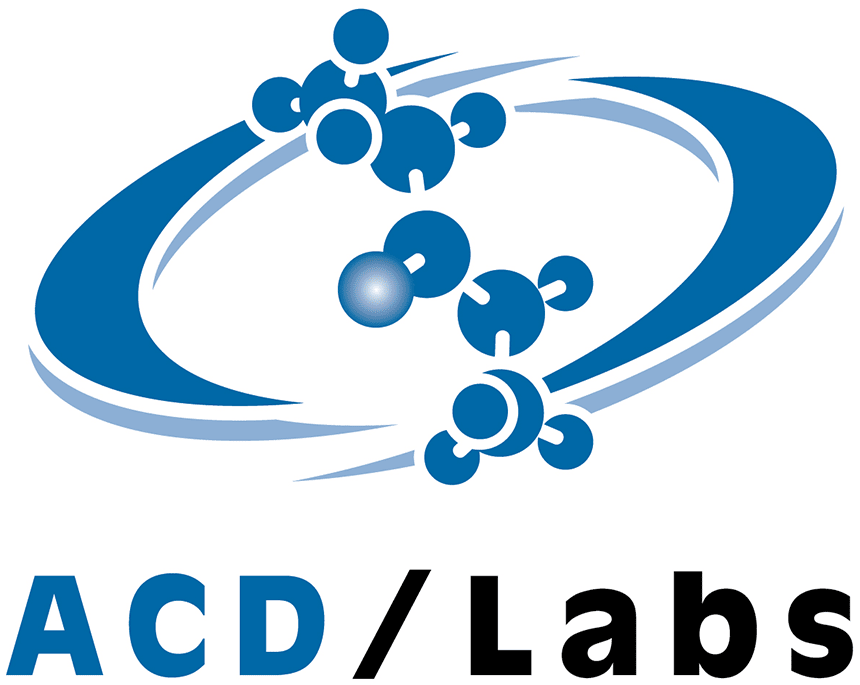Filtration is used to clarify and stabilize wine before bottling. The filtration process must be controlled, repeatable and must not affect the body, aroma or taste of the wine. It can be a water, consumables and energy intensive process.
Sartorius filtration systems allow you to recycle and reuse water used for cleaning and sterilization, recover energy from heat generated during cleaning, and optimize the use of filtration consumables to maximize their shelf-life. The systems reduce consumption and waste, while maintaining cleaning efficiency and eliminating microbiological contamination.
This white paper presents a series of studies carried out to compare the consumption of energy, water and consumables when using Sartorius’ wine filtration systems compared with other, widely used systems.
The business case for sustainable manufacturing has never been stronger, with reducing water and energy usage at the heart of the challenge. Winemakers must consider all parts of their production processes when looking to control costs and reduce their environmental footprint.
Filtration is used to clarify and stabilize wine before bottling. The filtration process must be controlled, repeatable and must not affect the body, aroma or taste of the wine. It can be a water and energy intensive process, with systems requiring cleaning between production batches.
Filtration with Kieselguhr filters based on diatomaceous earth (DE) is a widespread technique in the world of wine, particularly in the roughing and polishing phases of musts and wines. Not being an automated system, Kieselguhr filtration requires a qualified operator, and the exhausted DE must be disposed of in a responsible way, e.g. by composting.





